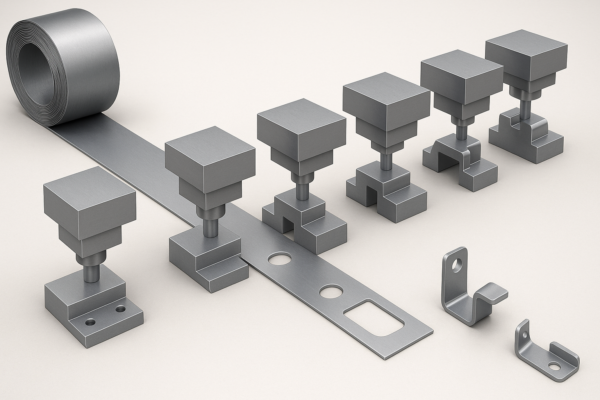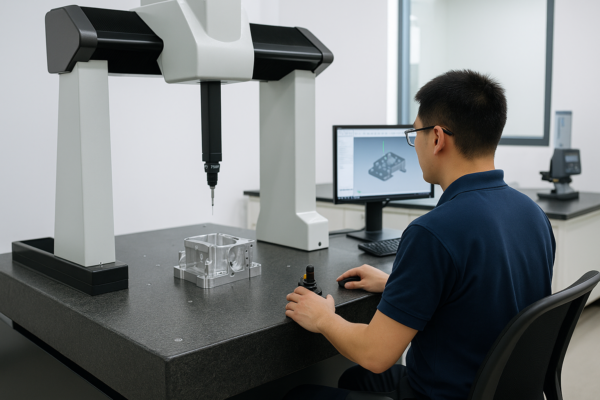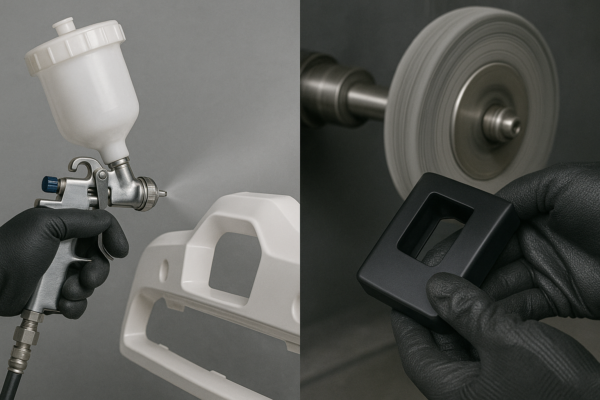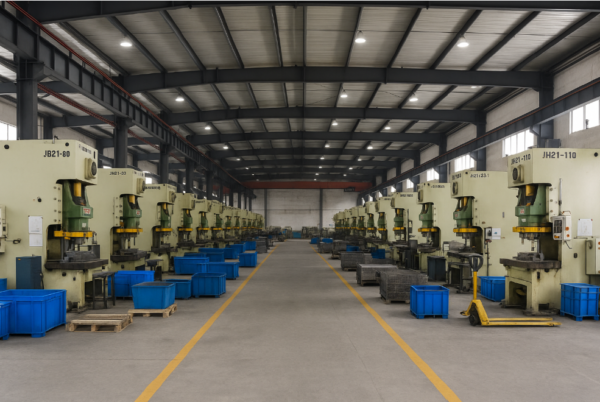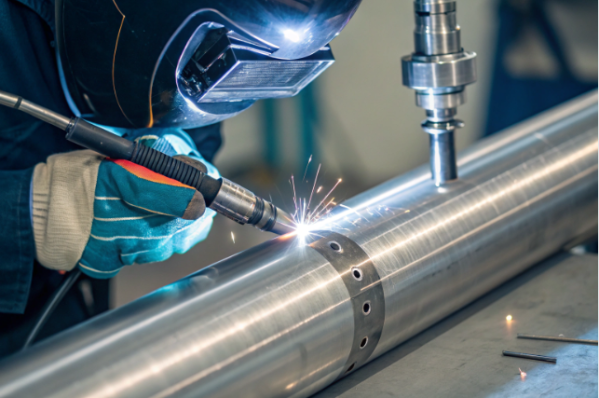How Do Blacksmiths Harden Metal?
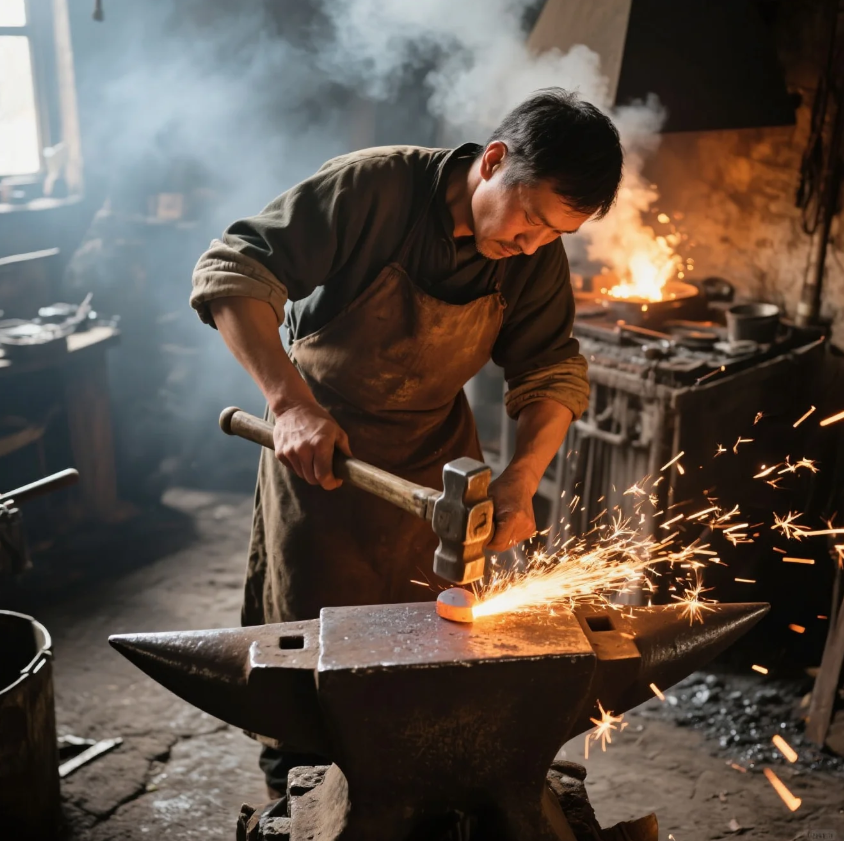
Hardening metal is a crucial step in blacksmithing, as it enhances the strength, durability, and wear resistance of metal components. Blacksmiths achieve this by heating the metal to a high temperature and then quenching it in a cooling medium. But how exactly do blacksmiths harden steel and other metals? In this article, we’ll explore the hardening process, the liquids used for quenching, and the tools blacksmiths use to manipulate hot metal.
Snippet paragraph: Blacksmiths harden metal by heating it to high temperatures and then quenching it in liquids like water or oil to lock in hardness and strength.
Let’s break down the steps involved in hardening metal, including the key techniques and tools used in the process.
How Does a Blacksmith Harden Steel?
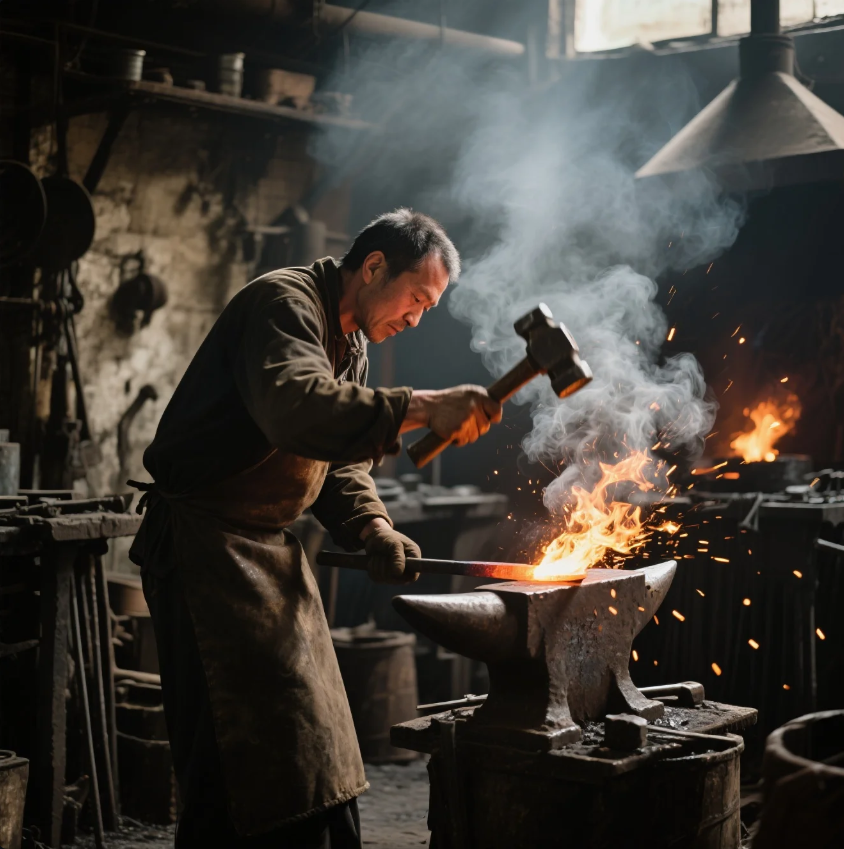
Hardening steel involves a heat treatment process where the steel is heated to a high temperature and then rapidly cooled (quenched). The goal is to transform the steel’s internal structure, increasing its hardness and making it more durable.
Steps to Harden Steel:
- Heat the Steel: The steel is heated to a temperature where it becomes austenitic (typically around 1,500°F (815°C)). This process allows the metal’s crystal structure to change, making it more malleable.
- Quench the Steel: After heating, the steel is rapidly cooled by immersing it in a quenching liquid (water, oil, or brine). The rapid cooling locks the steel in a hard, martensitic phase, making it more resistant to wear and damage.
- Tempering (Optional): After quenching, the steel can be tempered by reheating it to a lower temperature (typically between 300°F and 900°F (149°C to 482°C)). This step reduces brittleness and improves toughness while maintaining the hardness achieved during quenching.
Hardening steel is a balance between heating and cooling rates, and the exact process can vary depending on the type of steel and the desired characteristics.
What Liquid Do Blacksmiths Use to Quench?

The quenching liquid plays a critical role in the hardening process. It rapidly cools the heated steel and helps form the desired hard structure. Blacksmiths use different liquids depending on the characteristics they want to achieve in the final product.
Common Quenching Liquids:
- Water: Water is one of the most common quenching liquids because it cools steel quickly. It results in a hard, brittle steel surface and is often used for tools or blades that require maximum hardness.
- Oil: Oil is used when a slower, more controlled cooling process is needed. It cools the metal less quickly than water, making the steel tougher and less prone to cracking. Oil quenching is often used for larger parts or tool steels that need to maintain toughness.
- Brine (Saltwater): Brine, a mixture of water and salt, cools steel even more quickly than water. It’s sometimes used to achieve a very hard surface, but it increases the risk of cracking.
- Polymer Solutions: Specialized quenching fluids made for industrial use, polymer solutions offer more precise cooling rates and reduce the risks associated with traditional water or oil quenching.
Each quenching liquid has its own advantages, and blacksmiths choose the one that best suits the material and purpose of the metal being hardened.
What Do Blacksmiths Use to Hold Hot Metal?

Handling hot metal during the forging and hardening process requires specialized tools to safely manipulate the steel and avoid burns or other injuries. Blacksmiths use various tools to grip, hold, and position hot metal in the forge or quenching liquid.
Tools Used to Hold Hot Metal:
- Tongs: The most common tool used by blacksmiths to hold hot metal is a pair of tongs. Tongs are designed to securely grip the metal while keeping the blacksmith at a safe distance from the heat. They come in various shapes and sizes, depending on the type of metal and the task at hand.
- Clamps: In some cases, clamps or vices may be used to hold metal in place while it is being shaped or quenched.
- Gloves: Blacksmiths wear heat-resistant gloves to handle smaller pieces of hot metal directly, providing extra protection during the forging and hardening process.
Using the right tools to handle hot metal is essential to ensure safety and precision throughout the blacksmithing process.
How Do You Harden Steel After Forging?
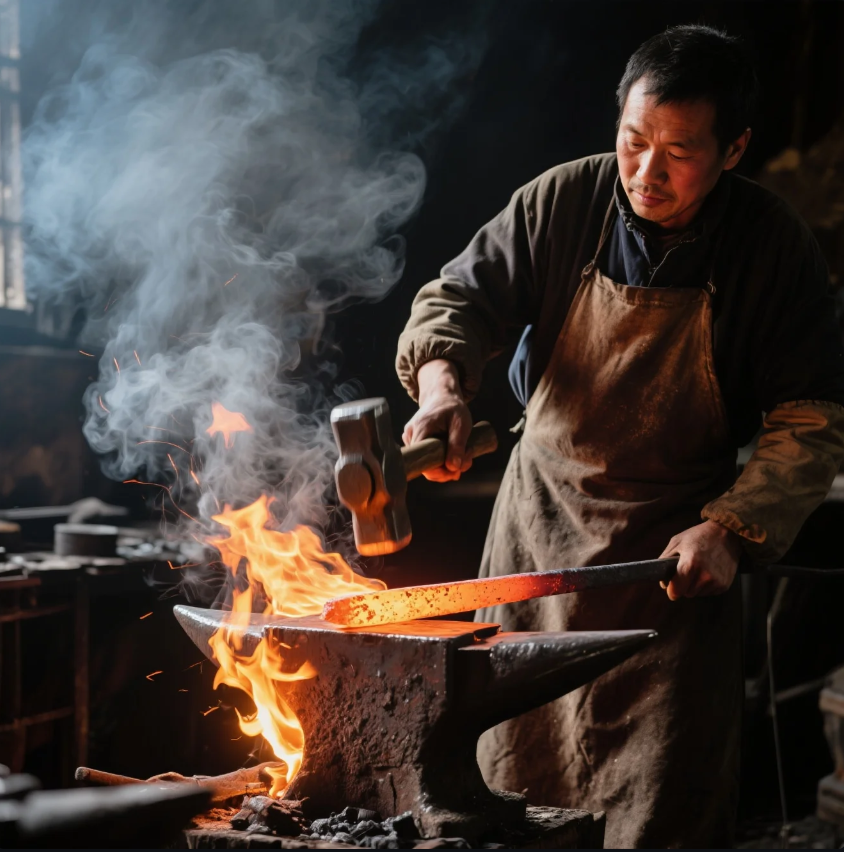
After forging steel, the metal can be hardened through the quenching process. The steps for hardening steel after forging are similar to those used during the initial heat treatment.
Steps to Harden Steel After Forging:
- Heat the Steel Again: If the steel has cooled from the forging process, it needs to be reheated to the appropriate hardening temperature. This is typically around 1,500°F (815°C) for most steels.
- Quench the Steel: After reaching the proper temperature, immerse the steel in a quenching liquid (water, oil, or brine) to rapidly cool it. This locks the metal into a hard martensitic structure.
- Tempering (Optional): Depending on the desired hardness and toughness, the steel may be tempered by heating it to a lower temperature for a specified time. This reduces brittleness while maintaining the increased hardness.
After hardening and tempering, the steel becomes more durable, resistant to wear, and capable of holding a sharp edge, making it suitable for use in tools, weapons, and other high-performance components.
Conclusion
Blacksmiths harden metal by heating it to high temperatures and then quenching it in a cooling liquid like water, oil, or brine. Quenching rapidly cools the metal, locking in hardness and improving its strength and durability. The choice of quenching liquid affects the hardness and toughness of the metal, with water producing the hardest but most brittle surface and oil providing a more controlled cooling process for greater toughness. To handle hot metal, blacksmiths use tongs, clamps, and heat-resistant gloves for safety. After forging, tempering may also be used to fine-tune the metal’s properties. For expert advice on hardening or blacksmithing services, contact Prime today for more information and a custom quote.
TEMPLATE_END

